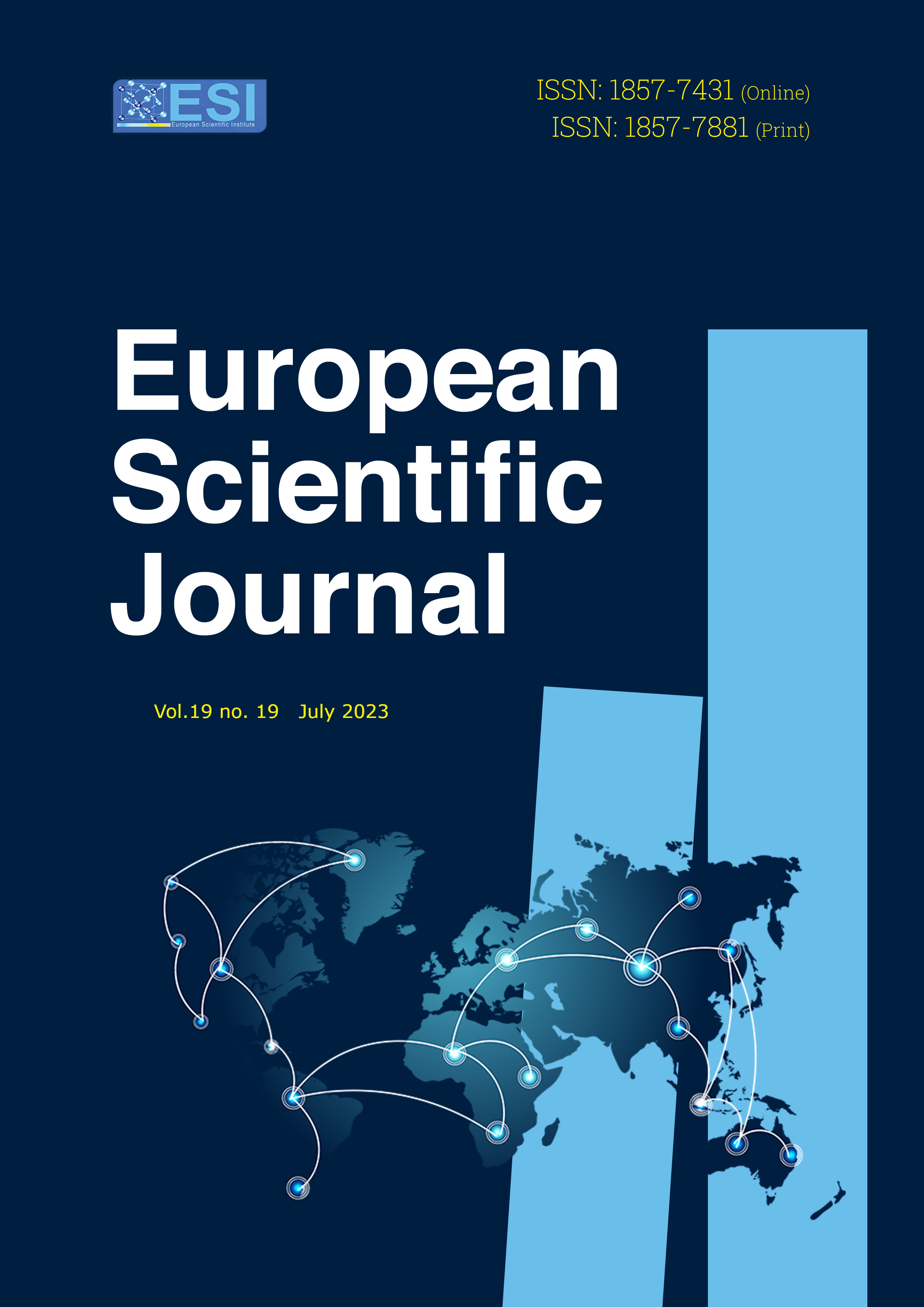Exploring Sanitation Issues in Underserved Communities in Sri Lanka
Abstract
The paper explores the sanitary experiences of people living in three low-income communities in Sri Lanka: Nawagampura, Salamulla, and Mahaiyawa. Qualitative data gathered from 30 households through in-depth interviews were analysed thematically to develop an understanding of the nature and magnitude of the sanitation problems encountered by residents. Salamulla is a high-rise building where residents have relocated from various shanty communities in Colombo. These complete houses have been given for free. In Nawagampura, similar shanty dwellers have been given two perches of land for free. Mahaiyawa is a shanty community occupied mainly by municipal council workers in Kandy. Most of the residents in all three sites do not have any legal documents to claim ownership of the house or land. Overcrowding throughout several decades of occupation has resulted in various sanitation issues such as clogged canals and drainages, overflowing sewages, unclean public toilets, flooding, urinating in public, open defecation, and ad hoc garbage disposal. Formal mechanisms to control these have failed due to unmanageability caused by the magnitude of the offenses and laissez-faire attitudes among authorities or residents.
Downloads
Metrics
PlumX Statistics
References
2. Alikhan, S. (2022a). A Community Profile of Nawagampura, Colombo: Centre for Migration Research and Development.
3. Alikhan, S. (2022b). A Community Profile of Salamulla, Colombo: Centre for Migration Research and Development.
4. Alikhan, S. (2022c). A Community Profile of Mahaiyawa, Colombo: Centre for Migration Research and Development.
5. Anthonj, C., Setty, K. E., Ezbakhe, F., Manga, M., & Hoeser, C. (2020). A systematic review of water, sanitation and hygiene among Roma communities in Europe: Situation analysis, cultural context, and obstacles to improvement. International Journal of Hygiene and Environmental Health, 226, 113506.
6. Bartlett, S. (2003). Water, sanitation and urban children: the need to go beyond “improved” provision. Environment and Urbanization, 15(2), 57-70.
7. Boisson, S., Engels, D., Gordon, B. A., Medlicott, K. O., Neira, M. P., Montresor, A., ... & Velleman, Y. (2016). Water, sanitation and hygiene for accelerating and sustaining progress on neglected tropical diseases: a new Global Strategy 2015–20. International health, 8(suppl_1), i19-i21.
8. Carrera, J. S. (2014). Sanitation and social power in the United States. University of Illinois at Urbana-Champaign.
9. Carrera, J. S., & Flowers, C. C. (2018). Sanitation inequity and the cumulative effects of racism in colorblind public health policies. American Journal of Economics and Sociology, 77(3-4), 941-966.
10. Coffey, D., Geruso, M., & Spears, D. (2018). Sanitation, disease externalities and anaemia: evidence from Nepal. The Economic Journal, 128(611), 1395-1432.
11. Department of Census and Statistics Sri Lanka (2012). Census of Population and Housing 2011. [online] www.statistics.gov.lk. Available at: http://www.statistics.gov.lk/PopHouSat/CPH2011/index.php?fileName=Activities/TentativelistofPublications [Accessed 20 Feb 2023].
12. Freeman, M. C., Garn, J. V., Sclar, G. D., Boisson, S., Medlicott, K., Alexander, K. T., ... & Clasen, T. F. (2017). The impact of sanitation on infectious disease and nutritional status: A systematic review and meta-analysis. International journal of hygiene and environmental health, 220(6), 928-949.
13. Kalumbi, L. R., Thaulo, C., MacPherson, E. E., & Morse, T. (2020). Perspectives and practices on water, sanitation, and hygiene from a fishing community along Lake Malombe, Southern Malawi. International Journal of Environmental Research and Public Health, 17(18), 6703.
14. Kumar Karn, S., & Harada, H. (2002). Field survey on water supply, sanitation and associated health impacts in urban poor communities-a case from Mumbai City, India. Water Science and Technology, 46(11-12), 269-275.
15. Mahon, T., & Fernandes, M. (2010). Menstrual hygiene in South Asia: a neglected issue for WASH (water, sanitation and hygiene) programmes. Gender & Development, 18(1), 99-113.
16. Mansuri, G., Sami, M. F., Ali, M., Doan, H. T. T., Javed, B., Pandey, P., & Asia, S. (2018). When water becomes a hazard: A diagnostic report on the state of water supply, sanitation and poverty in Pakistan and its impact on child stunting. WASH Poverty Diagnostic Series. Washington, DC: World Bank Group.
17. Nelson, K. L., & Murray, A. (2008). Sanitation for unserved populations: technologies, implementation challenges, and opportunities. Annual Review of Environment and Resources, 33, 119-151.
18. Pokhrel, D., & Viraraghavan, T. (2004). Diarrhoeal diseases in Nepal vis-à-vis water supply and sanitation status. Journal of water and health, 2(2), 71-81.
19. Qamar, K., Nchasi, G., Mirha, H. T., Siddiqui, J. A., Jahangir, K., Shaeen, S. K., ... & Essar, M. Y. (2022). Water sanitation problem in Pakistan: A review on disease prevalence, strategies for treatment and prevention. Annals of Medicine and Surgery, 104709.
20. Sahoo, K. C., Hulland, K. R., Caruso, B. A., Swain, R., Freeman, M. C., Panigrahi, P., & Dreibelbis, R. (2015). Sanitation-related psychosocial stress: A grounded theory study of women across the life-course in Odisha, India. Social science & medicine, 139, 80-89.
21. Spears, D. (2013). How much international variation in child height can sanitation explain? World Bank policy research working paper, (6351).
22. United Nations Development Programme. (2023). The SGDs in Action. https://www.undp.org/sustainable-development-goals?gclid=Cj0KCQjw_O2lBhCFARIsAB0E8B_Ar1y1b0SrQefBC-1wM89LmMws5RAagqIhO7aV7Yumf9MiYGMCCWMaApD_EALw_wcB. Retrieved on 22 July 2023.
23. Vyas, S., & Spears, D. (2018). Sanitation and religion in South Asia: what accounts for differences across countries? The journal of development studies, 54(11), 2119-2135.
24. Zerbo, A., Delgado, R. C., & González, P. A. (2021). Water sanitation and hygiene in Sub-Saharan Africa: Coverage, risks of diarrheal diseases, and urbanization. Journal of Biosafety and Biosecurity, 3(1), 41-45.
Copyright (c) 2023 Iresha M. Lakshman

This work is licensed under a Creative Commons Attribution 4.0 International License.








